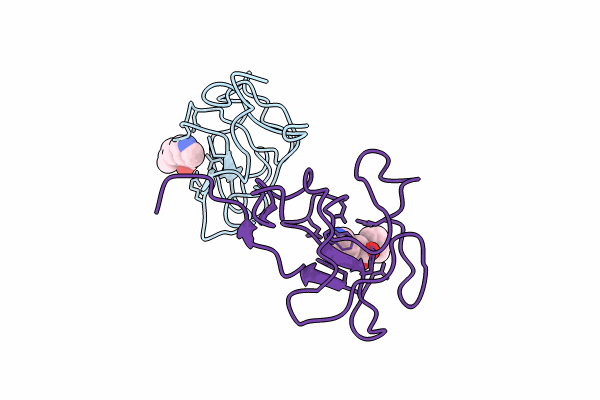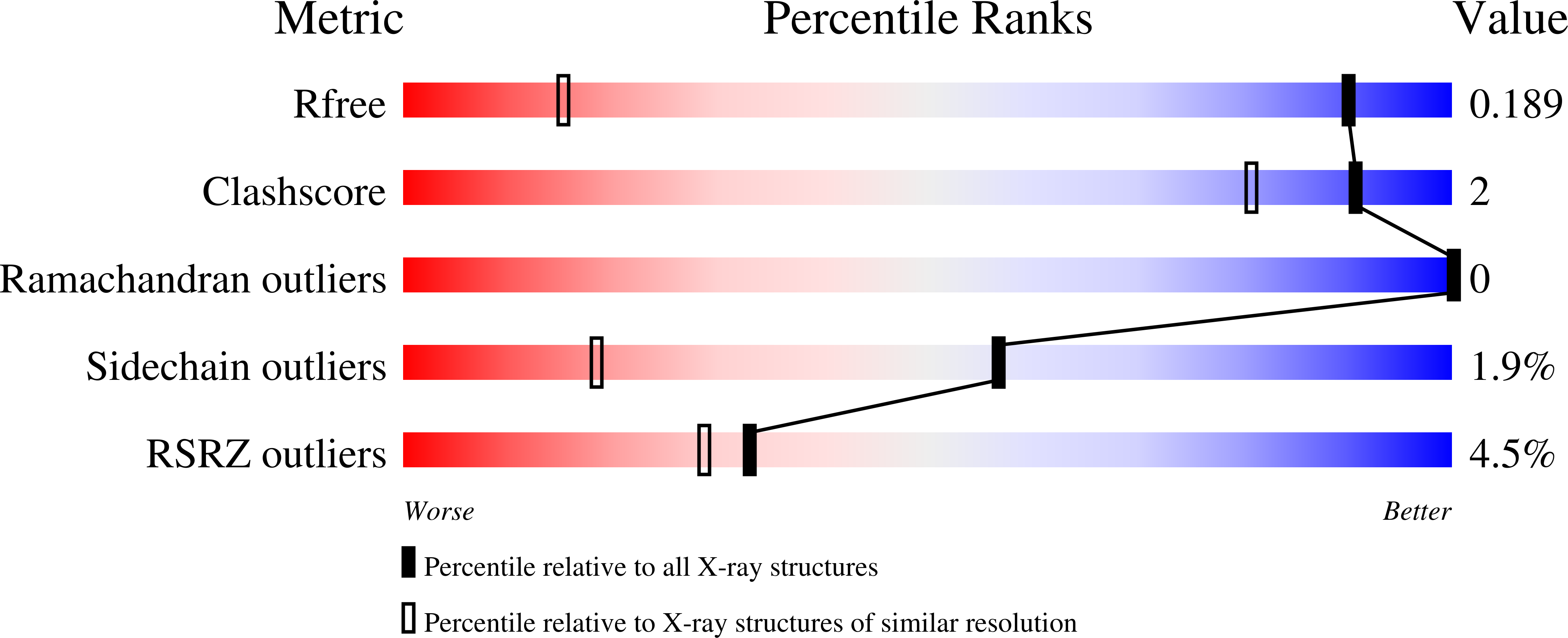
Deposition Date
2023-06-30
Release Date
2024-05-08
Last Version Date
2024-10-30
Entry Detail
PDB ID:
8TCE
Keywords:
Title:
Lipoprotein(a) Kringle IV domain 8 - Lp(a) KIV8 in complex with LY3353871
Biological Source:
Source Organism:
Homo sapiens (Taxon ID: 9606)
Host Organism:
Method Details:
Experimental Method:
Resolution:
1.07 Å
R-Value Free:
0.18
R-Value Work:
0.16
R-Value Observed:
0.16
Space Group:
P 1 21 1


